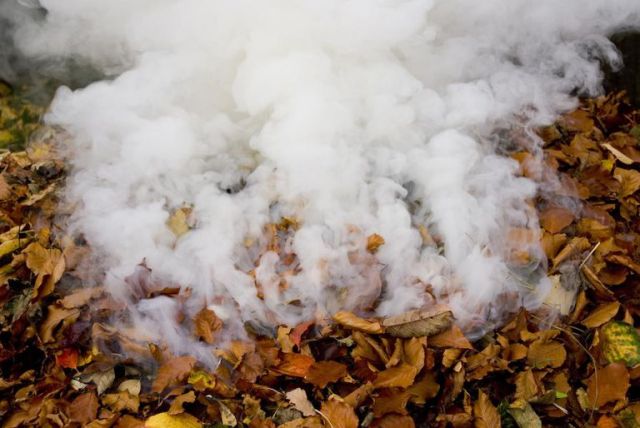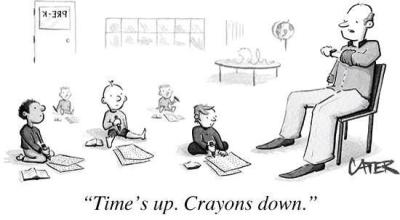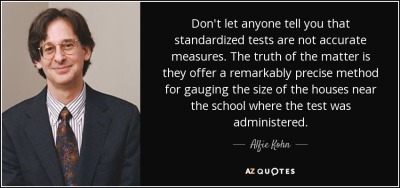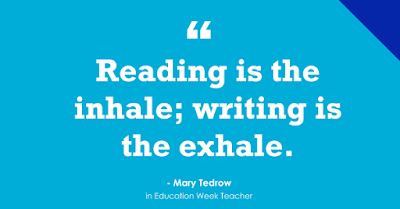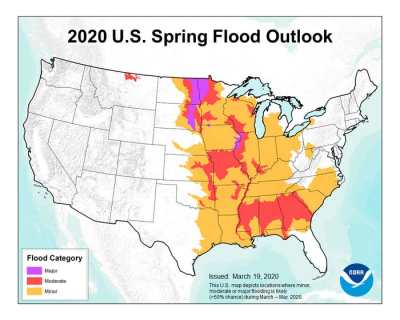Vouchers, Environmental Toxins interfere with learning, NPE, Why kindergarten teachers quit, NAEP, Reading aloud
SHOULD YOUR TAX MONEY BE USED TO EXPEL KIDS WHO LIKE RAINBOWS?
Louisville Christian school expelled student over a rainbow cake, family says
Kentucky has no plan providing vouchers for students to attend religious schools. Why is that good? As of now, private schools in Kentucky that expel (or force out) a child because they like rainbows, like the one in this article, cannot receive any state funding.
Depending on what happens with the case currently before the Supreme Court, however, this could change.
Public money for public schools!
A Christian school in Louisville expelled a student last week after her family said school officials discovered the girl had celebrated her birthday with a rainbow-themed cake.
Kimberly Alford told The Courier Journal that until Jan. 6, her 15-year-old daughter had been a freshman at Whitefield Academy, a private school at 7711 Fegenbush Lane that serves students in preschool through 12th grade.
That’s when Alford said she received an email from Whitefield Academy’s head of school, Bruce Jacobson, explaining how her daughter was being expelled “immediately due to a post on social media.”
Alford had recently posted a photo on her Facebook page showing her daughter celebrating her birthday in late December at a Texas Roadhouse restaurant. In the photo, the girl is wearing a sweater featuring a rainbow design and sitting by a colorful, rainbow-themed cake.
See also: Gerth: This just in … God expelled from Louisville Christian school for creating rainbow
VOUCHER PROGRAMS DON’T HELP LEARNING
The Danger Private School Voucher Programs Pose to Civil Rights
From last May…
More reasons not to divert public money to private/religious school vouchers.
More recently, evidence has shown that these programs are not effective at improving educational achievement. Recent evaluations of certain voucher programs have shown no improvement in achievement or a decline in achievement for students who use them. For example, a Center for American Progress analysis found that the overall effect of the D.C. voucher program on students’ math achievement is equivalent to missing 68 days of school. Voucher programs are also not a viable solution in many rural areas of the country because these programs can strain funding resources in communities that already have lower densities of students and schools. Public funding should be used to ensure that all students have access to a quality public education, but voucher programs divert funding away from public schools. There have been a number of reports detailing how voucher programs provide public funding to schools that can legally remove or refuse to serve certain students altogether.

POISONING OUR CHILDREN…CONTINUED
The learning effect of air quality in classrooms
Yet another environmental issue that interferes with student learning. We know that environmental toxins like mercury and lead can cause damage to students which impacts their learning. Recent research shows that air pollution can also cause problems.
We’ve known for quite some time that pollution is bad for your health but researchers are documenting how it affects our brains. A 2016 Israel study found that high rates of pollution on the day of an exam tamped down high school test scores. The same students scored higher on different test dates with cleaner air. Boys and low-income students were the most affected. A 2019 draft, working paper of a study on university students in London also found that exposure to indoor air pollutants was associated with lower exam test scores. Again, males were more affected than females and the mental acuity problems were triggered by particulate levels that were below current guidelines at the U.S. Environmental Protection Agency.
FUNDING FOR NPE
The Dark Money Behind Union-Owned NPE: Time to Fess Up.
Just kidding…NPE doesn’t take “dark money.” In fact, NPE hardly has any money at all when compared to groups funded by billionaire privatizers.
The short answer is that NPE is not funded by the “dark money” effort of millionaires and billionaires doling out money to puppet-string a school privatization agenda.
However, let us see exactly who funds NPE and who (like Stewart) is rolling in the dough as a result.
TEACHERS ARE LEAVING
Kindergarten Teachers Are Quitting, and Here Is Why
Appropriate instruction is better for the children. Good teachers understand that…and many are leaving the classroom to avoid doing damage to 5- and 6-year-olds.
• “I had to retire in 2017 because I could not take the pressure of having to force my 5- and 6-year-old students to sit with books… no talking allowed. …. I taught for 18 years and in the last 3 years teaching this stuff to my sweet little kinders I heard students cry, talk about how they didn’t understand, say they hated reading time, and act out. We were basically regurgitating the curriculum script. It was awful. I hated going to work that last 2 years with all the stress of academic achievement expectations… All administrators want to hear is the exact same stuff from one room to another from school to school.
• “Teachers have been complaining about more testing every year. And every year we hear, ‘We’ll look into that,’ and every year someone higher up decides, ‘We need more data.’ That, in turn, means more testing, more seatwork, and less play. I personally couldn’t take it anymore and took early retirement.”
See also: Let the Children Play, by Pasi Sahlberg and William Doyle.
NAEP — MISUNDERSTANDINGS AND LACK OF PROGRESS
We’re Pressuring Students to Read Too Fast, Too Much, Too Soon
First, the disclaimer: On the NAEP test, a score demonstrating proficiency does not mean “grade level.” It means that the test taker can competently handle challenging material. There is some debate that the scoring levels are set too high. See Curmudgucation’s post titled, The One And Only Lesson To Be Learned From NAEP Scores for a discussion of this.
Second, our scores on the latest NAEP moved very little from the previous test. Maybe it’s because there’s too much pressure on students. The main takeaway is that the “reformist” status quo isn’t helping to improve children’s learning or lessen any racial or economic “achievement gaps.”
Recent reading tests report that students’ reading comprehension scores show that just over one-third of students in grades four, eight, and 10 are proficient at reading. Researchers and education policy makers ponder the significance of little to no improvement in reading scores for students as a whole and the widening gap between our high-performing and low-performing students. What many of these thinkers fail to consider is the way education has changed. The system ignores that developmental psychology says when we push students too much and too fast we do more harm than good. The reading pressures we put on students may be one major cause of the stagnant scores.
WANT TO IMPROVE READING SCORES? READ ALOUD
The Most Powerful Family Ritual? The Bedtime Story
As if we needed any more reason to read aloud to our children (and students), here’s an article about the benefits of reading aloud at bedtime. One thing the author neglects to mention in his article is that reading aloud to a child is the “single most important activity for building the knowledge required for eventual success in reading…”
Teachers and parents, if you’re not reading to your children every day for at least 15 minutes, you’re not doing enough. It’s never too early…or too late to start.
There is simply nothing more powerful than the bedtime story—especially in this age of continuous screen time. As we go deeper into the discussion, we start to see how the bedtime story is the perfect ending to the day. So let’s rethink and reclaim this special decompression time for both parent and child.
It is not just something we are doing for our kids—the benefits accrue to us as well. We don’t just read to our kids, we read with our kids. Here are five reasons why the bedtime story is the most powerful family ritual…
Setting Children Up to Hate Reading
This article is from February, 2014. I’ve added it here to help with the understanding of the article above.
The best way to teach children to read is to increase their interest and enthusiasm in reading.
The best way to get children interested and enthusiastic about reading is to read to them. Every day.
Pick up any book about normal reading development and you will find that young children progress when they are ready—at their own pace.
The American Academy of Pediatrics notes the critical factor as to how a student will learn to read “is not how aggressively,” the child is given instruction, but rather their “own enthusiasm for learning.” They also state that many early learning programs “interfere with the child’s natural enthusiasm” by imposing on children to “concentrate on tasks” when they aren’t ready.
Why are young children being made to learn at a faster rate? Why is there this mistaken notion that children’s brains have somehow evolved to a higher level where they are supposed to read earlier and earlier?
📚📊🙋🏽♂️



